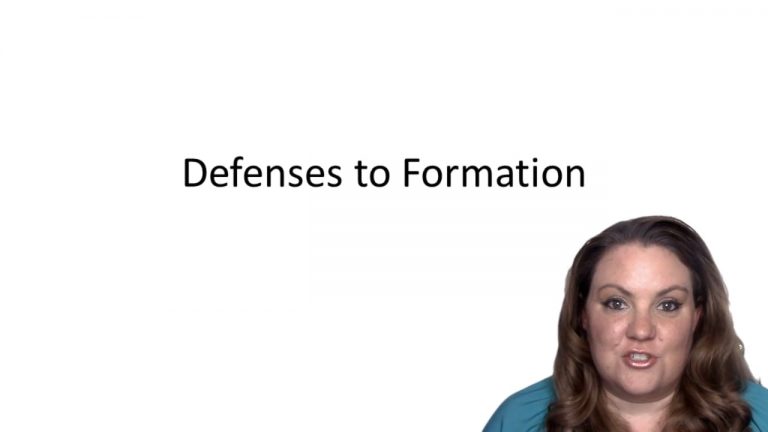SmartBrief
Confirm favorite deletion?
Contracts Keyed to Blum
Syncom Industries, Inc. v. Wood
Citation:
155 N.H. 73, 920 A.2d 1178 (2007)Facts
Wood executed a key employment contract in June 2001 to serve as Plaintiff’s vice-president of sales, and Hogan executed a similar agreement in September 2001 to serve as an area manager and later a regional manager. Each contract was for three years and contained two restrictive covenants that prevented the employee from directly or indirectly soliciting business from any of Plaintiff’s customers while employed by Plaintiff and for 36 months after termination. Additionally, the covenants stated that employees would not become interested in or associated, directly or indirectly, as principal, agent, or employee, with any person, firm, or corporation which might solicit business from such customers.
In November 2001, while still employed by Plaintiff, Defendants began plans to establish a new movie theater cleaning company to compete with Plaintiff. During December 2001, Defendants negotiated with three of Plaintiff’s customers and lined them up as customers once they departed from Plaintiff. On January 02, 2002, Wood’s superiors at Plaintiff confronted him about their suspicions that he was forming a rival company, but Wood denied it and said he would consider doing so.
After the meeting on January 02, Plaintiff’s VP of operations sent Wood a memo that Wood would be suspended without pay for a week, but Wood resigned on January 14, 2002. Two days after quitting, Wood filed articles of organization for Big E. Within two weeks of Wood’s resignation, Big E was performing services for three former customers of Plaintiff, and by the end of February, Big E displaced Plaintiff at several theaters.
Only StudyBuddy Pro offers the complete Case Brief Anatomy*
Access the most important case brief elements for optimal case understanding.
*Case Brief Anatomy includes: Brief Prologue, Complete Case Brief, Brief Epilogue
- The Brief Prologue provides necessary case brief introductory information and includes:
Topic:
Identifies the topic of law and where this case fits within your course outline.Parties:
Identifies the cast of characters involved in the case.Procedural Posture & History:
Shares the case history with how lower courts have ruled on the matter.Case Key Terms, Acts, Doctrines, etc.:
A case specific Legal Term Dictionary.Case Doctrines, Acts, Statutes, Amendments and Treatises:
Identifies and Defines Legal Authority used in this case.
- The Case Brief is the complete case summarized and authored in the traditional Law School I.R.A.C. format. The Pro case brief includes:
Brief Facts:
A Synopsis of the Facts of the case.Rule of Law:
Identifies the Legal Principle the Court used in deciding the case.Facts:
What are the factual circumstances that gave rise to the civil or criminal case? What is the relationship of the Parties that are involved in the case.Issue(s):
Lists the Questions of Law that are raised by the Facts of the case.Holding:
Shares the Court's answer to the legal questions raised in the issue.Concurring / Dissenting Opinions:
Includes valuable concurring or dissenting opinions and their key points.Reasoning and Analysis:
Identifies the chain of argument(s) which led the judges to rule as they did.
- The Brief Prologue closes the case brief with important forward-looking discussion and includes:
Policy:
Identifies the Policy if any that has been established by the case.Court Direction:
Shares where the Court went from here for this case.
Topic Resources
Topic Outline

 6m 28s
6m 28s